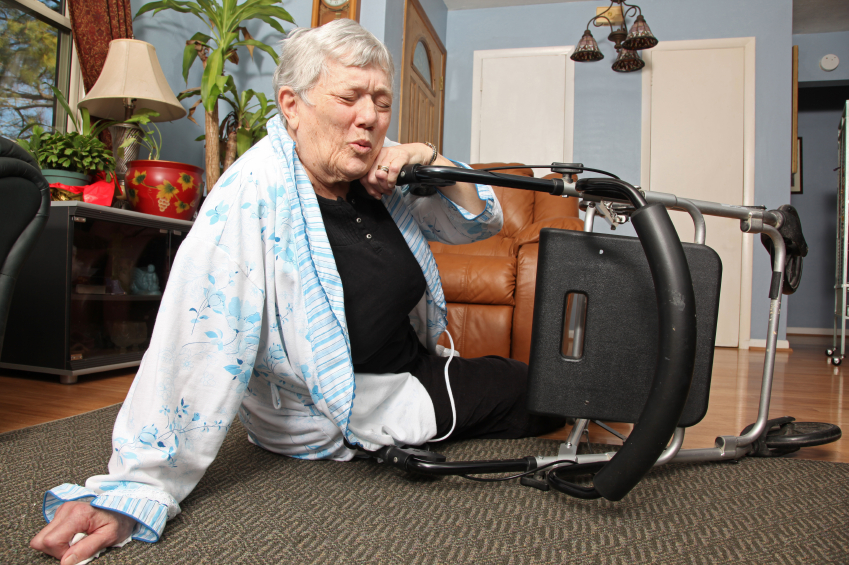September is Falls Prevention Awareness Month, but the prevalence and high cost of falls in Wisconsin is a year-round problem. In fact, for adults age 65 and older, Wisconsin’s death rate due to falls is the nation’s highest. One in four people in this age group will have a fall each year making older adult falls a growing public health crisis as Baby Boomers enter the ranks of higher-risk age groups.
Spending on older adults’ injuries from falls tops $1 billion annually in Wisconsin, according to data from the Centers for Disease Control and Prevention (CDC). Among people over 65 living in Wisconsin, over 40,000 went to the emergency department for a fall in 2019. Across the country, an older adult is treated in an emergency department for a fall every 11 seconds. Experts point out that while falls are common, they’re not a normal part of aging. Falls can be prevented and state efforts are underway to do just that.
Identifying patients at highest risk for a fall is a key component in preventing them – yet falls risk assessments are not a standard part of an annual doctor’s visit for older patients. A clinical falls risk assessment tool can make fall screening routine and protect thousands of Wisconsin’s older adults from serious injuries like broken hips and traumatic brain injury. A significant number of people who fall lose their self-confidence and subsequently avoid activities they feel may place them at risk for another fall. Inactivity leads to social isolation, loss of muscle strength, and worsening balance. In turn, increasing the risk of falling. Through practical lifestyle adjustments, appropriate interventions, evidence-based programs, and community partnerships, the number of falls among seniors can be reduced substantially.
“Many fall-related risk factors can be addressed by health care providers,” says Kathleen A. Cameron, Senior Director of the Center for Healthy Aging at the National Council on Aging. “Without a falls risk assessment, it’s less likely patients will be referred to effective fall interventions like physical therapy, a vision test, or an evidence-based falls prevention self-management program. Early identification and intervention to reduce fall risk factors can prevent the need for treatment for an injurious fall.”
Falls are also a leading cause of nursing home admissions, which often exhaust personal assets and increase the burden on Medicaid. Because Medicaid accounts for significant state spending, expanding the use of interventions that reduce falls can play a role in reducing Medicaid costs. One such program – Stepping On – has been researched and proven to decrease the incidence of falls by 31%. Expanding local capacity to offer Stepping On translates to fewer falls.
Falls reduction and its impact on community safety remains an important public health concern. “Providing evidence-based health promotion and statewide falls prevention coordination makes Wisconsin communities safer and more livable for citizens as they age,” said Stephanie Smiley, interim DHS Division of Public Health administrator. “The more that older people are screened for and offered evidence-based falls prevention interventions, the better they’ll be able to avoid fall-related injuries that undermine their confidence, health, and independence. Preventing falls is a crucial part of minimizing costly hospitalizations, rehabilitation, and long-term care. The small investments we make to prevent falls has the potential to both save money and protect against catastrophic physical, emotional, and financial impacts on individuals and their families.”
Find additional resources for preventing falls on our Initiative Resources page or direct older adults to our Preventing Falls Initiative page for them to learn more about how to prevent falls.

